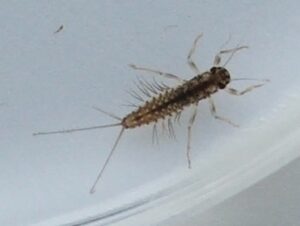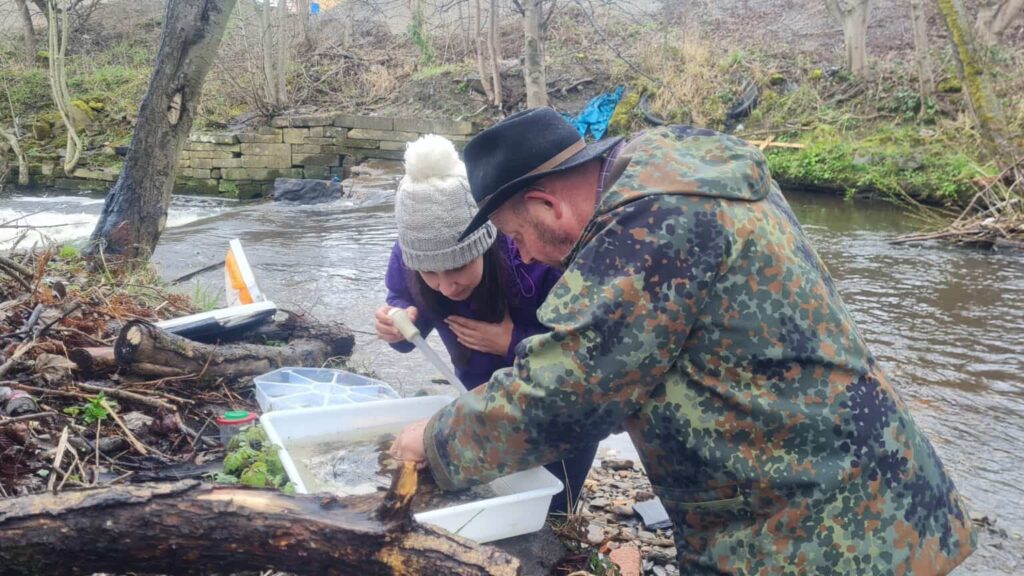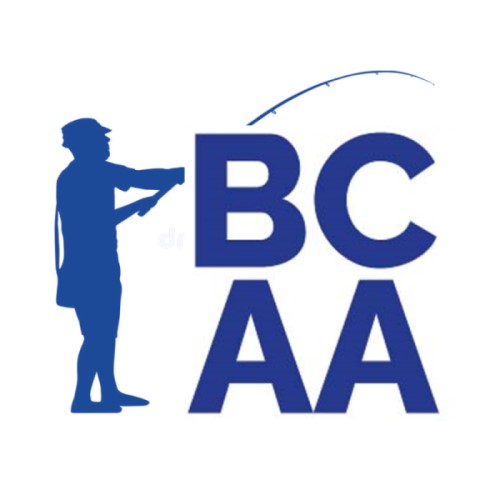Have you ever thought about what Trout and Grayling feed on? Well it is more than what you may see on the surface. In fact, most of the food chain is below the surface with many different species present on the river bed. Riverfly monitoring can help you understand the river food chain.
The ARMI (Angler River Monitoring Initiative) monitoring project has been going for many years and is designed to establish water quality on selected locations along rivers and becks. When we, as anglers, learn the techniques of sampling and identification of invertebrates (which are indicators of water quality) a whole new world opens up which can help with imitation selection and angling techniques.
Association members undertake a number of samples for the ARMI project, mostly along the Upper R. Aire between Gargrave and Skipton. Philip Bailey (Fly Secretary) is the Riverfly Monitoring co-ordinator for the Upper Aire and is looking to extend the monitoring further above Gargrave and is looking for any volunteers interested in joining the program.
What does it entail? Well, apart from expressing a desire to learn more about the food chain and helping in water quality monitoring, it is a relatively simple process. Firstly you will undertake a short training course which will (a) help you identify the various invertebrates, (b) teach you how to undertake a in-stream ‘kick’ sample and (c) understand the safety requirement in order to regularly undertake monitoring activities. Then you will be allocated a site on the river where the Environmental Agency has identified a pollution risk. This is where regular monitoring will take place – generally each month – to ascertain invertebrate levels and to test numbers against an expected threshold. Lastly, the data is then entered into a national database for monitoring by the ARMI and Environment Agency.
If you are interested in joining other angers undertaking Riverfly Monitoring or would like to learn more about the initiative please contact Philip directly.




